Damian Loeb
www.damianloeb.com
Back to Artist ListOil on linen, 48 x 96 inches
2009
Oil on linen
12 x 24 inches
2011
Oil on linen
20 x 20 inches
Artist Biography
Damian Loeb
1970-
Damian Loeb (born 1970) is a self taught American painter. Growing up
in Connecticut, he moved to New York City in 1989.
Loeb had his first solo show in 1999 at the Mary Boone Gallery. He is
now represented by Acquavella Galleries in New York and has had
international solo and group shows at galleries and museums, including
White Cube in London, Jablonka Galerie in Cologne, the Kunsthalle in
Hamburg, and a 2006 retrospective at the Aldrich Museum of Contemporary
Art in Connecticut.
His work has consistently explored the dialogue of narrative tropes in
an image soaked contemporary environment. Early works used found
imagery collaged to create new contexts from photojournalism and
advertising. Successive shows moved on to use and explore cinematic
stills as the source of a visual collective consciousness.
Having taught himself photography in recent years, his latest body of
work takes the dialogue to the next step by incorporating the vocabulary
of cinematography and the expediency of his original photographs as
inspiration for the new paintings.
According to the artist:
Our memories are convenient lies we create, cribbing images from others'
experiences, subconsciously culled from the ever abundant and
exponentially growing library of both digital and analogue film and
print media -- always just a click away. We discard the personal
specifics which don't conform to the ideal conventional beauty created
by art directors and cinematographers. Art becomes about history and
aesthetics or it is purely an esoteric intellectual pursuit if it
doesn't address this new way of seeing. The advent of the digital age
and the immediacy and convenience of digital video and photography
allows people to become an integral part of the feedback loop which
actively shapes the content we are fed. The images for the new show are
a reflection of an idealized world filtered through the demands of eyes
expecting momentous personal experiences to be composed like a Hollywood blockbuster -- romance to look like a French film from the 60's and fearto look like John Carpenter's Halloween. To quote Johnny Rotten,"This is what you want; this is what you get."
In creating the images I used as the basis for this collection, I shot
all the time; constantly looking through the camera instead of over it,
searching for what has now become universally familiar, the eye of the
director. Focusing on both the narrative and scene setting, but careful
to never interfere through instruction or forced lighting, I eventually
managed to find ways to compose and capture these very specific
"personal film stills". These images are solidified and codified
through the act of painting them on canvas where they can be viewed as a
new chapter in a conversation exemplified by artists as diverse as
Vermeer, Balthus, Millais, and Eric Fischl, as well as the theatrical
visions of the Lumiere brothers and the language created by master
directors like Hitchcock, Kubrick, and Spielberg.
Selected Press
Daily Mail Damian Loeb's Hyperrrealist Art August 1, 2013 PDF (16 MB)
The Huffington Post Damian Loeb Brings Hyperrealism To Another Level July 30, 2013 PDF (12.4 MB)
Vanity Fair M.C. Hammerstein August 2013 PDF (4.1 MB)
WestportNOW Installing 'Bird's-Eye View' Images at Arts Center June 11, 2013 PDF (1.1 MB)
Impulse & Vision PDF (67 K)
Interview Magazine Interview by Mike Myers September 2008 PDF (306 K)
The New York Times: Damian Loeb Ken Johnson Hans Silvester September 25, 2008 PDF (28 K)
Gallery Exhibitions
Catalogues
Damian Loeb Verschränkung and The Uncertainty Principle View
Masterworks from Degas to Rosenquist Masterworks from Degas to Rosenquist View
Download PDF (0 B)
Damian Loeb Sol d Landscapes View
Acquavella Galleries
Acquavella Galleries, Inc.
18 East 79th Street (between Madison and Fifth Avenues)
New York, NY 10075
212-734-6300 Phone
212-794-9394 Fax
Follow @AcquavellaArt
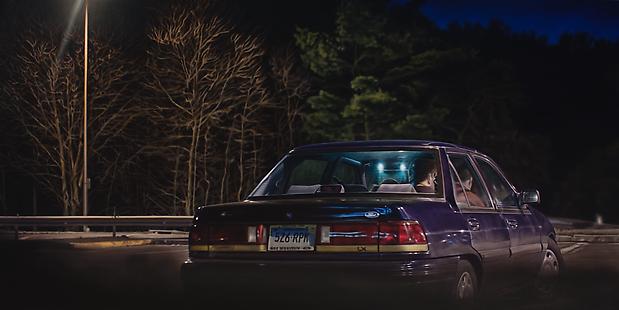
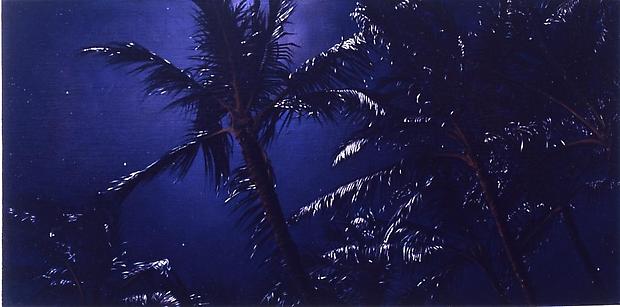

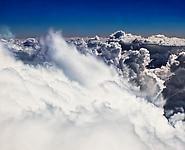 Damian Loeb
Damian Loeb
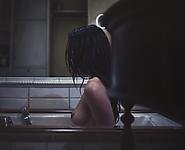 Damian Loeb:
Damian Loeb:
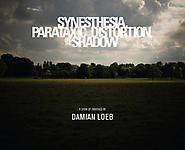 Synesthesia, Parataxic Distortion, and the Shadow
Synesthesia, Parataxic Distortion, and the Shadow